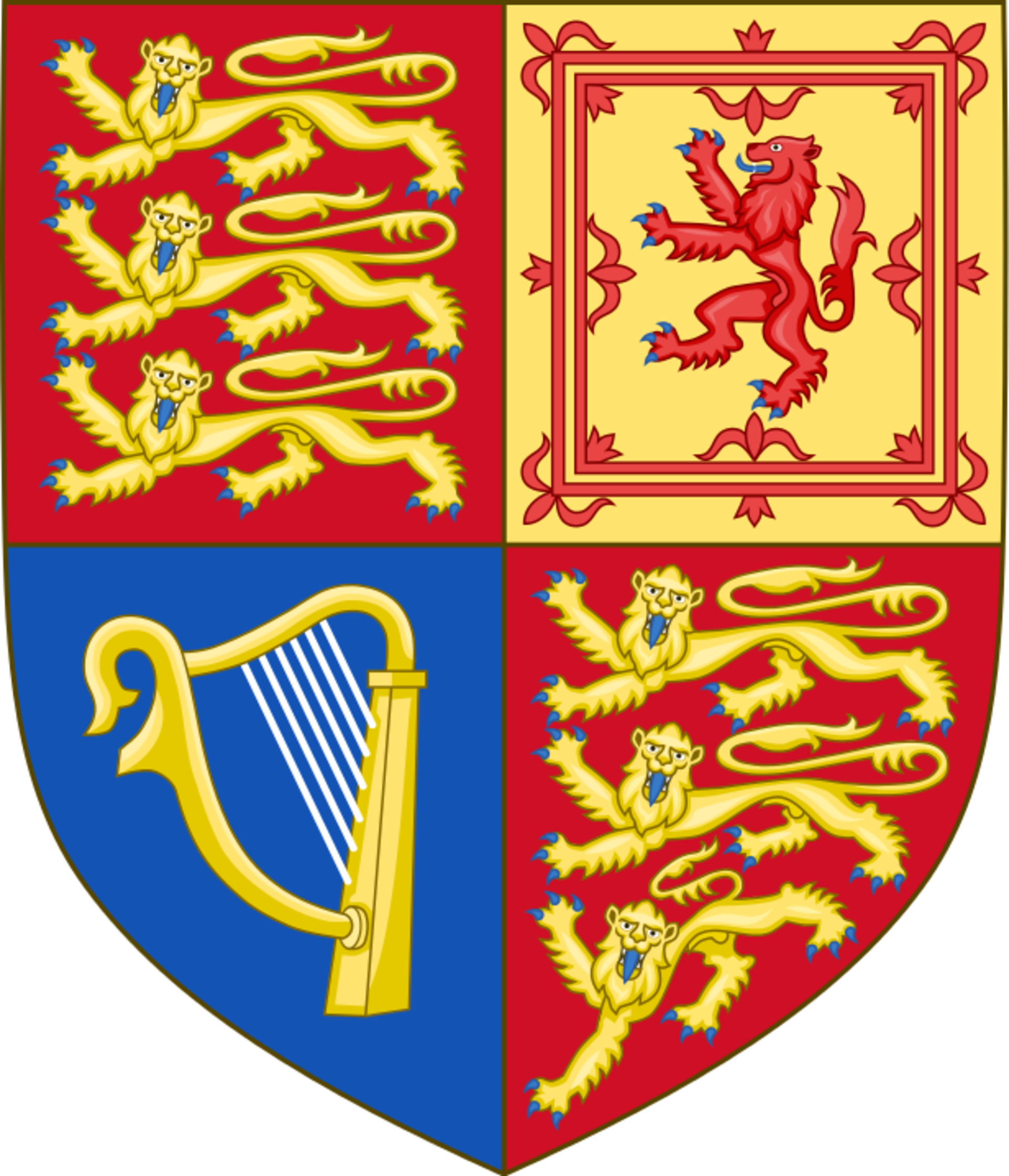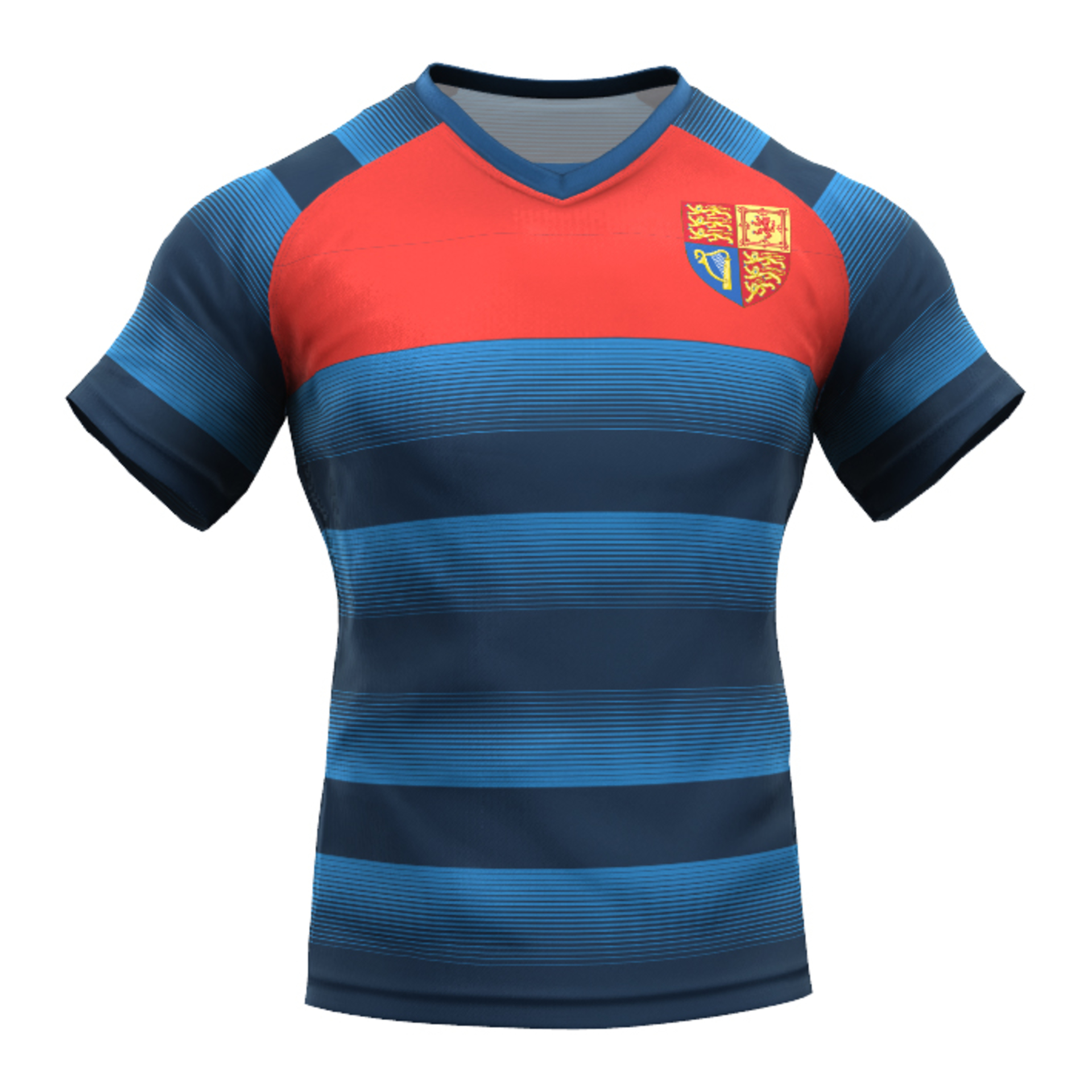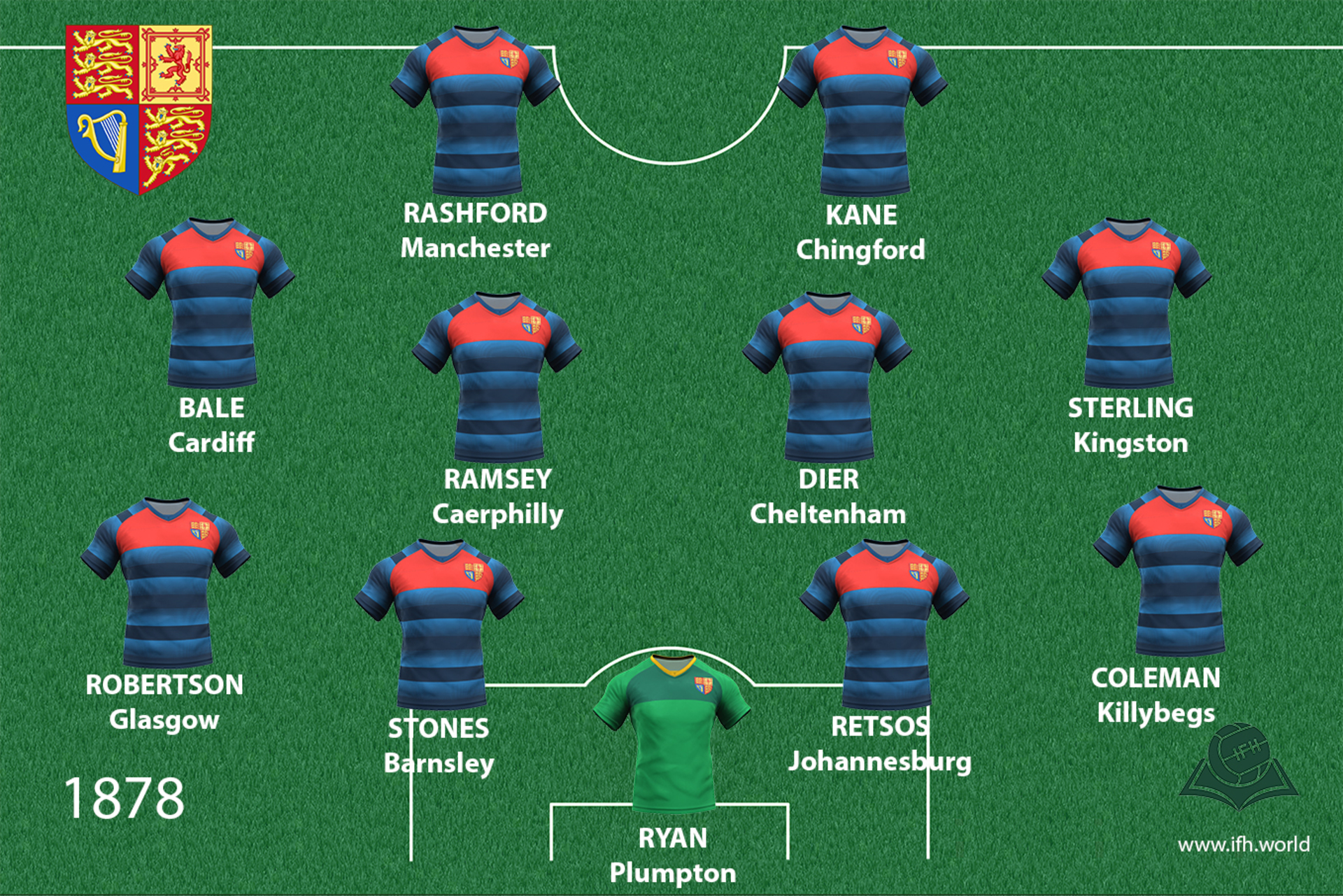British Empire
Great Britain was the most industrially developed country in the world. It saw the first and largest increases in investments that increased productivity in the production of cotton, iron and steam-powered energy.

Coat of arms

Shirt
| Position | First name | Last name | Mjesto rođenja | Like | Dislike | |
|---|---|---|---|---|---|---|
| GK | Joe | HART | Shrewsbury |
14 |
6 |
|
| GK | Jordan | PICKFORD | Washington |
28 |
9 |
|
| GK | Mathew | RYAN | Plumpton |
3 |
8 |
|
| DC | Chris | SMALLING | London |
6 |
9 |
|
| DC | Panagiotis | RETSOS | Johannesburg |
2 |
11 |
|
| DC | Winston | REID | Auckland |
1 |
4 |
|
| DRC | John | STONES | Barnsley |
19 |
1 |
|
| DR/MR | Kyle | WALKER | Sheffield |
17 |
3 |
|
| DR/MR | Seamus | COLEMAN | Killybegs |
6 |
7 |
|
| DL | Andrew | ROBERTSON | Glasgow |
19 |
0 |
|
| DL | Danny | ROSE | Doncaster |
10 |
4 |
|
| DL | Luke | SHAW | Kingston upon Thames |
13 |
3 |
|
| DRC/DMC | Eric | DIER | Cheltenham |
18 |
3 |
|
| DMC | Jordan | HENDERSON | Sunderland |
23 |
6 |
|
| MC | Jack | WILSHERE | Stevenage |
8 |
8 |
|
| MRLC | Aaron | RAMSEY | Aaron |
14 |
0 |
|
| MRLC/DL | James | MILNER | Leeds |
4 |
2 |
|
| AMC | Adam | LALLANA | St.Albans |
11 |
11 |
|
| AMC | Dele | ALLI | Milton Keynes |
22 |
8 |
|
| AMC | Ross | BARKLEY | Liverpool |
6 |
3 |
|
| AMRLC | Alex | OXLADE-CHAMBERLAIN | Portsmouth |
12 |
1 |
|
| AMRL | Gareth | BALE | Cardiff |
22 |
2 |
|
| AMRL | Nathan | REDMOND | Birmingham |
5 |
0 |
|
| AMRL | Raheem | STERLING | Kingston |
14 |
2 |
|
| AMR/DR | Michail | ANTONIO | London |
5 |
3 |
|
| AMRL/FC | Theo | WALCOTT | Stanmore |
5 |
2 |
|
| SS/FRLC | Wayne | ROONEY | Liverpool |
21 |
5 |
|
| FRLC | Daniel | STURRIDGE | Birmingham |
15 |
4 |
|
| FRLC | Marcus | RASHFORD | Manchester |
19 |
3 |
|
| FC | Harry | KANE | Chingford |
20 |
4 |
|
| FC | Jamie | VARDY | Sheffield |
14 |
3 |
The country did not suffer from wars on their own soil and had plenty of coal, the production of which quadrupled in the first half of the 19th century while price per ton was reduced by a quarter. Britain also differed from other countries in the fact that labor was more costly than elsewhere, i.e. worker salaries were greater. It is, therefore, understandable why British entrepreneurs were so motivated to replace expensive people with machines fed by cheap coal. In the end of the 19th century, Britain really became a mostly urban and industrial society, with class loyalties and class conflicts that took place within the nation.
In such a period of changes, crises, and disruptions, the “preservation of anachronisms”, the ceremonial presentation of the honored monarch as a unifying symbol of continuation and national unity, became possible and essential. An especially major part was played by the development of the media and the development of vehicles that gave the royal carriages a romantic shine. The increase in popularity was, to a certain extent, helped by the fact that the British monarchs gradually withdrew from actively pursuing politics. Only after the disappearance of other powerful monarchs (Habsburg, Hohenzollern, Romanov) from the political stage after World War I, could the ritual of the British monarchy be presented as a unique embodiment of a long and continuous tradition.
Sources
- Niall FERGUSON, Civilizacija: Zapad i ostali, Zagreb, 2012.
- Eric John HOBSBAWM, Terence RANGER, Izmišljanje tradicije, Beograd, 2002.
- Crest: https://en.wikipedia.org/wiki/Royal_coat_of_arms_of_the_United_Kingdom
